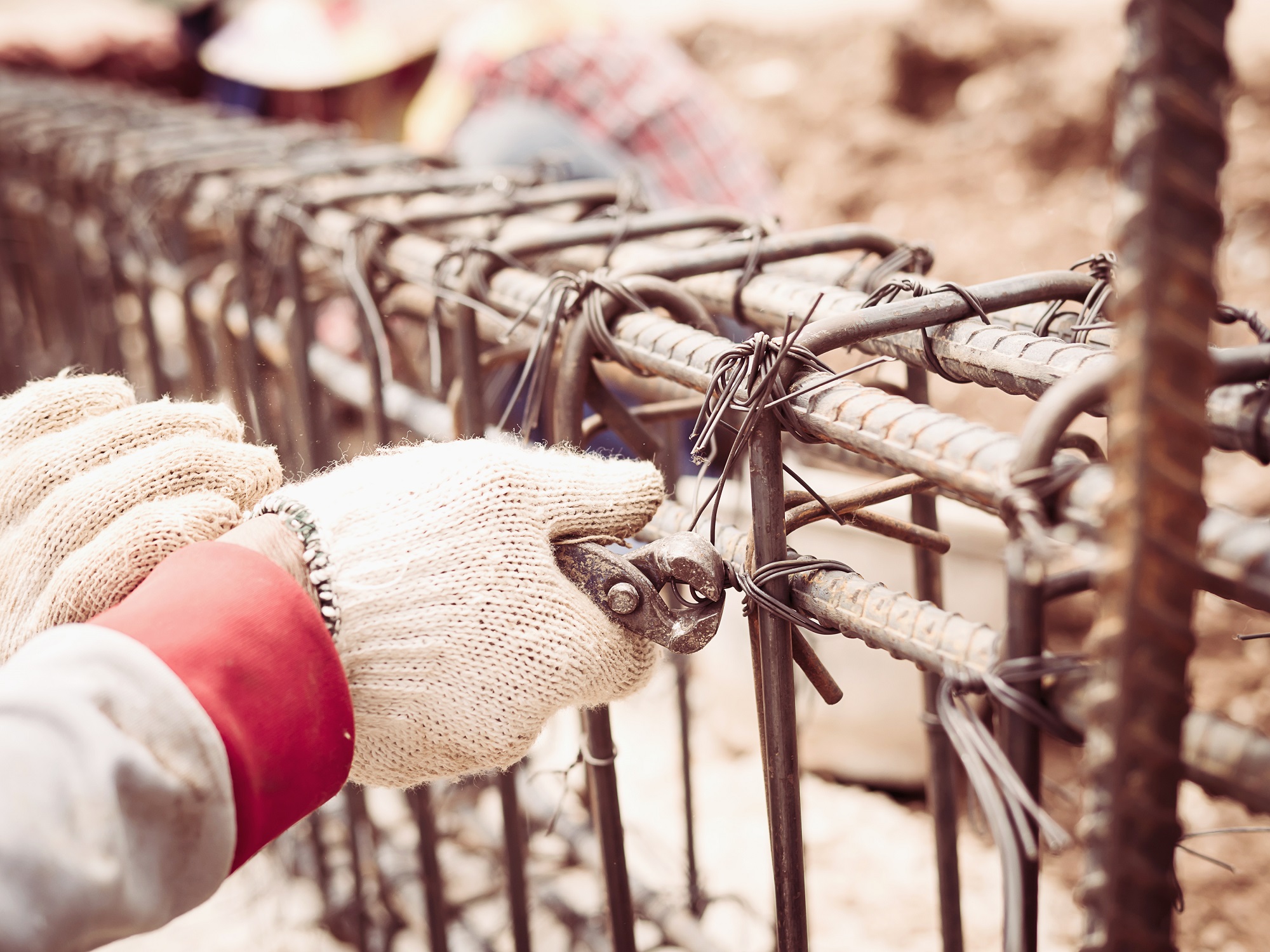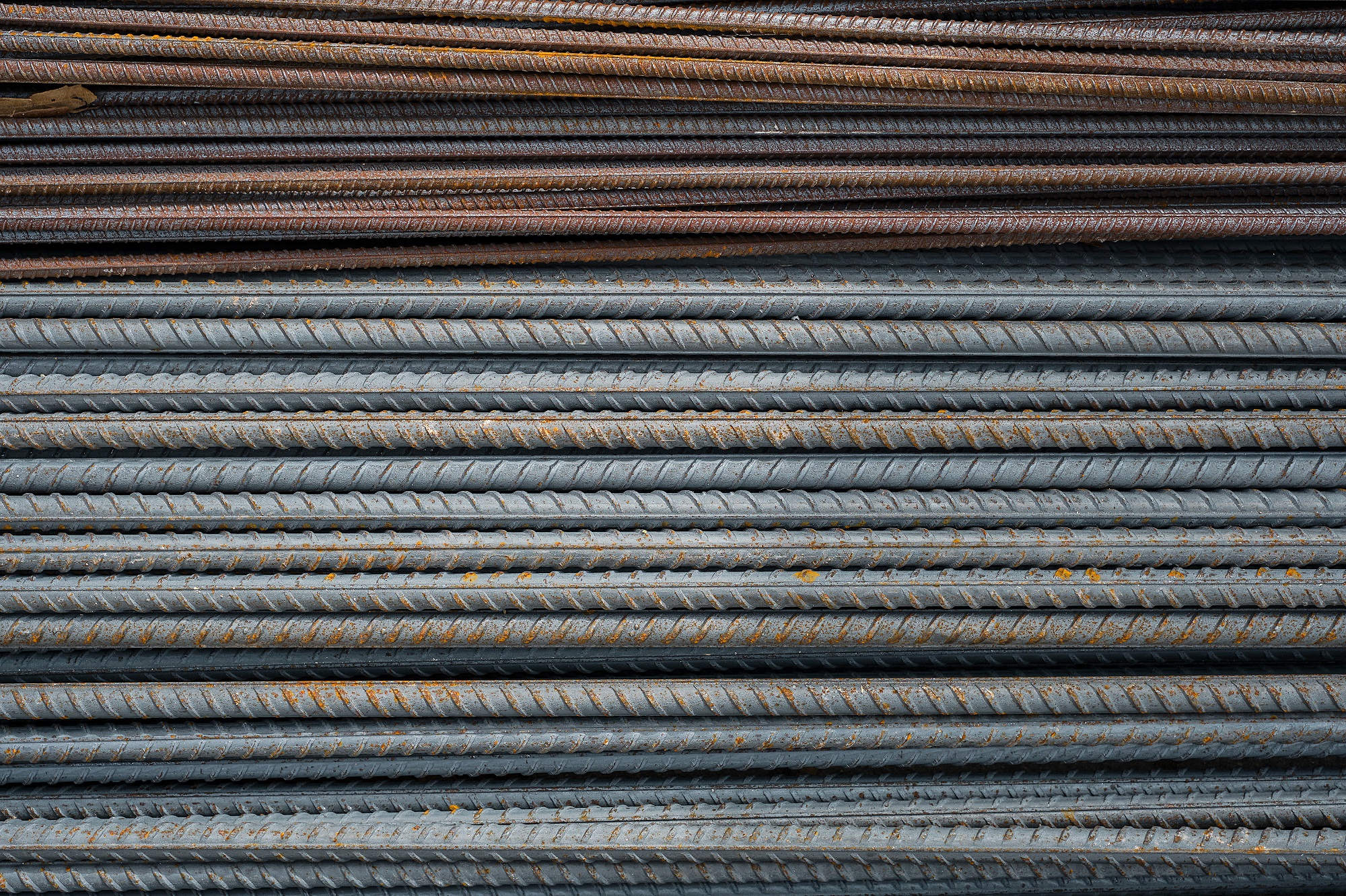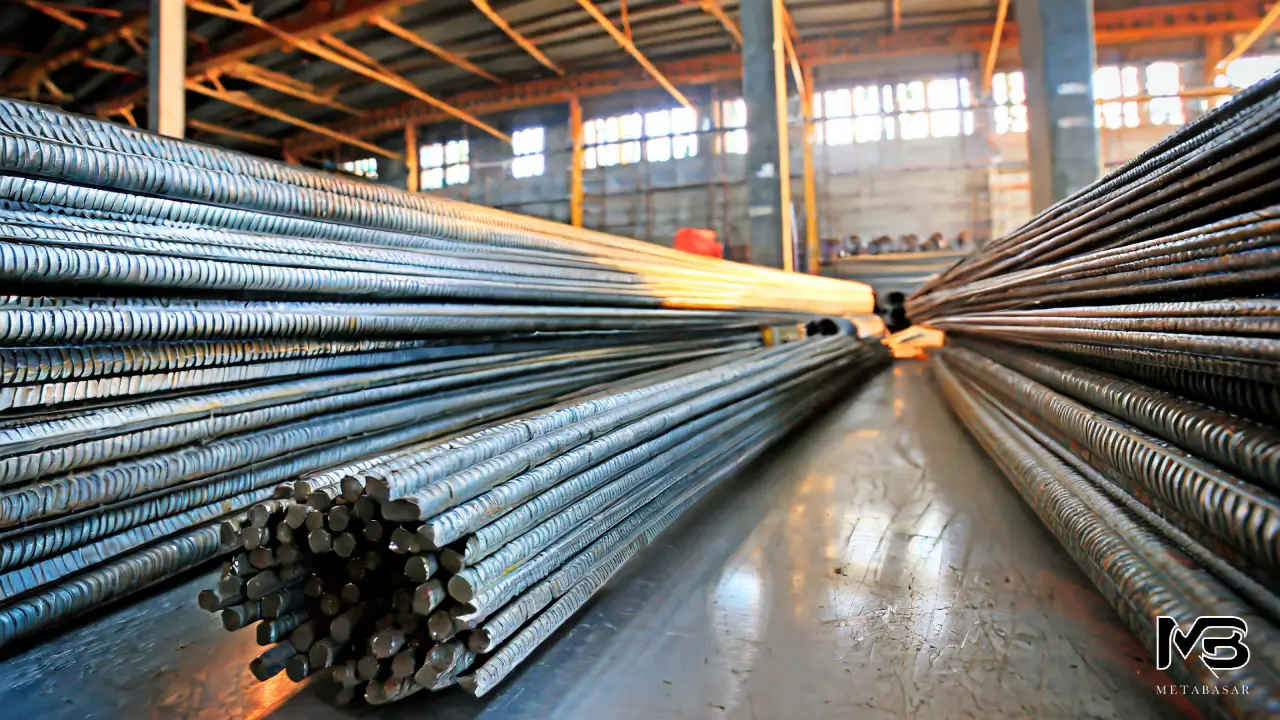Reinforcing bars, commonly known as rebar, serve as the backbone of any concrete or masonry construction. Every construction project requires a strong foundation to ensure the safety and longevity of the structure.
These bars, made of strong and durable materials such as steel, act as a cement reinforcement and provide added strength to the structure. But what exactly is rebar, and why is it so important? In this blog post, we will take a deep dive into the world of Reinforcing Bars.
We will explore the various sizes and grades of rebar available, how to place them safely and effectively, and even how to recycle and reuse them.
By the end of this post, you’ll have a thorough understanding of how reinforcing bars help build strong foundations that stand the test of time, including the importance of proper shipping methods for these crucial construction materials.
Table of Content
- 1 Understanding Rebar: The Backbone of Your Construction
- 2 Exploring Various Sizes And Grades Of Rebar
- 3 The Art of Placing Rebar: Techniques And Safety Measures
- 4 What To Consider When Recycling And Reusing Rebar?
- 5 Types of Reinforcing Bars Available
- 6 Difference Between Reinforcing Bars And Traditional Bars
- 7 How Reinforcing Bars Help Build Strong Foundations
- 8 Types Of Reinforcing Bars
- 9 What Are The Benefits Of Using Reinforcement Bars?
- 10 Which Reinforcement Bar Is Better For You?
- 11 Frequently Asked Questions
- 11.1 What is reinforcing bar and how is it used in construction?
- 11.2 What are some common types of reinforcing bar?
- 11.3 How can the use of reinforcing bar improve the strength and durability of a building?
- 11.4 Are there any regulations or standards that dictate the use of reinforcing bar in construction?
- 12 Conclusion
Understanding Rebar: The Backbone of Your Construction
Understanding the importance of rebar reinforcement in construction is crucial for building strong and durable structures. Proper placement of rebar ensures the load-bearing capacity and prevents structural failure.
With its ability to resist tensile forces and compression, reinforced concrete becomes more resistant to cracks and can have a longer lifespan. Rebar, also known as a structural member, provides essential structural support, especially in high-stress areas.

The Role Of Rebar In Concrete And Masonry
Rebar plays a vital role in concrete and masonry structures. It prevents concrete from cracking under tensile stress and enhances the strength of slabs and columns. Additionally, rebar reinforcement improves resistance to temperature changes, ensuring safety and preventing structural collapse.
Physical Properties Influencing Strength And Durability
The ability of reinforcing bar to resist pulling forces is determined by its tensile strength. The strength and structural performance of the rebar are influenced by its nominal diameter and regional suppliers. The type of coating, such as epoxy or zinc, affects the corrosion resistance.
Rebar’s ductility allows for deformation without rupture, enhancing structural flexibility. Matching the thermal expansion coefficients of the rebar with concrete helps prevent cracking.
Exploring Various Sizes And Grades Of Rebar
Rebar sizes range to meet diverse construction needs, from metric to imperial size. Different standards, like US, Canadian, and European, govern sizes and grades, including rebar grade and minimum yield strength.
Jumbo and threaded bar sizes offer alternative solutions for specific requirements, including metric size. The grade designation indicates the yield strength in kilopounds per square inch (KSI), determining structural strength.
Rebar products are available in a wide range of sizes and rebar grades, meeting industry standards.
An Overview Of Different US, Canadian, And European Standards
US standards, such as ASTM, govern rebar sizes, grades, and quality standards, while Canadian standards like CSA ensure rebar quality and structural performance.
European standards, such as BS, provide guidelines for rebar sizes, grade, and reinforcement design, and national standards, such as the standard specification outlined by ASTM A955/A955M for concrete reinforcement and standard sizes, is crucial for construction projects across borders, ensuring rebar compliance and structural integrity.
With a focus on customer service, Harris Supply Solutions is dedicated to providing rebar products that exceed industry standards and meet the needs of construction projects around the world.
Unveiling The Mystery Behind Jumbo And Threaded Bar Sizes
Jumbo rebar sizes cater to construction projects requiring high strength and load-bearing capacity, while threaded bar sizes offer structural solutions where rebar needs to be secured with nuts and bolts.
Both options provide versatility and flexibility in construction design, and the right size depends on specific structural requirements. Consulting rebar suppliers ensures accurate selection of jumbo or threaded bar sizes.
The Art of Placing Rebar: Techniques And Safety Measures
Proper reinforcement in construction is essential for structural stability. Stirrups, or rebar ties, hold vertical bars together, while welding adds strength in high-stress areas.
Adequate spacing and concrete cover thickness are vital. Safety measures, like protective gear, must be followed. Training workers minimizes risks.
Stirrups And Welding: Key To Stability And Strength
Stirrups, placed perpendicular to rebar, reinforce beams and columns. Welding rebar connections enhance structural strength and prevent failure. Proper installation promotes stability and load-bearing capacity. Consulting engineering guidelines ensure correct placement.
What To Consider When Recycling And Reusing Rebar?
When recycling and reusing rebar, several factors must be considered. Assessing the quality and corrosion of the rebar is crucial to ensure structural integrity.
Proper cleaning and epoxy coating can prevent corrosion and damage. Evaluating yield strength and ductility is also important. Environmental considerations should be taken into account, along with consulting rebar suppliers and engineers for safe reuse.
Types of Reinforcing Bars Available
Carbon steel rebar, the most common type, provides strength and durability. Stainless steel rebar offers corrosion resistance in high-salinity environments. Fiberglass rebar is a lightweight and corrosion-resistant alternative.
Epoxy-coated rebar enhances concrete structure longevity with corrosion protection. High-strength rebar offers structural solutions for demanding construction projects.
Difference Between Reinforcing Bars And Traditional Bars
Reinforcing bars, also known as rebars, provide strength and reinforcement to concrete structures, while traditional bars are used for general construction purposes without the same level of reinforcement.
Rebars, also known as rebar cages, are specifically designed to withstand high tensile forces, meeting specific standards and specifications to ensure high quality and strength. Choosing the right reinforcement bar, such as high strength rebars, is crucial for durable foundations.
How Reinforcing Bars Help Build Strong Foundations
When properly installed, reinforcing bars improve concrete’s tensile strength, making it more resistant to cracking and breaking.
These bars also distribute the load evenly, enhancing structural integrity. By improving concrete’s ductility, the foundation can flex and absorb energy, minimizing damage. Reinforcement bars also help resist temperature-induced expansion and contraction, reducing the risk of cracks and instability.
Types Of Reinforcing Bars
Carbon steel rebars, known for their strength and affordability, are the most common type of reinforcement bars. Stainless steel rebars offer high corrosion resistance. Epoxy-coated rebars provide corrosion prevention, while GFRP rebars offer corrosion resistance and low thermal expansion. Galvanized rebars provide additional corrosion protection.

What Are The Benefits Of Using Reinforcement Bars?
Benefits of using reinforcement bars include increased structural strength, prevention of cracking and bending, improved ductility, cost savings through efficient material use, and customization for specific project requirements.
Which Reinforcement Bar Is Better For You?
Factors such as construction type, structural design, environmental conditions, and budget determine the choice of reinforcement bar. The most common type of rebar is carbon steel rebars, which are cost-effective for most projects and have similar coefficients of thermal expansion to concrete.
Stainless steel rebars offer high corrosion resistance, while epoxy-coated rebars provide superior protection in aggressive environments. Bamboo has been shown to be a viable alternative to reinforcing steel in concrete construction. GFRP rebars, also known as glass fiber reinforcement bars, are ideal for coastal areas, and galvanized steel wire rebars protect against moisture and chemicals.
Frequently Asked Questions
What is reinforcing bar and how is it used in construction?
Reinforcing bar, commonly known as rebar, plays a crucial role in construction. It is a steel bar used to reinforce concrete structures, providing strength and stability. With various sizes and shapes available, proper placement and installation of rebar are vital for the durability of concrete structures.
What are some common types of reinforcing bar?
Common types of reinforcing bar include deformed, round, and square bars. Deformed bars have ribbed surfaces that provide better adhesion with concrete.
Round bars are used for smaller projects and have smooth surfaces. Square bars, on the other hand, are used for larger projects and offer higher resistance to bending.
How can the use of reinforcing bar improve the strength and durability of a building?
Using reinforcing bars, also known as rebar, can significantly enhance the strength and durability of a building in the construction industry. These bars help distribute the load evenly throughout the structure, reducing the risk of structural failure.
By resisting tension forces, they prevent cracking or collapse in concrete structures. Proper placement and spacing of black rebar, with proper citation, are crucial for ensuring the overall performance and longevity of the building.
Are there any regulations or standards that dictate the use of reinforcing bar in construction?
Yes, there are regulations and standards that govern the use of reinforcing bars in construction.
In the US, ASTM International sets the standards for rebar, and local building codes may have specific requirements for its size and placement. Adhering to these regulations ensures a safe and strong foundation.
Conclusion
To build strong and durable foundations, reinforcing bars play a crucial role. They provide structural integrity and enhance the strength and durability of concrete and masonry structures. Understanding the different sizes, grades, and types of rebar is essential for choosing the right one for your construction needs.
Proper placement techniques, such as stirrups and welding, ensure stability and strength. Additionally, recycling and reusing rebar contribute to sustainable construction practices. By using reinforcement bars, you can achieve higher load-bearing capacity, resistance to cracks, and overall structural stability. So, whether you’re working on a residential or commercial project, consider incorporating reinforcing bars for long-lasting and reliable foundations.

